The Romance Writers Guide to the Noble Horse
Our guest blogger is Adrienne Regard, who has owned and ridden eventing horses for many years, and has been an organizer for United States Pony Club. She writes contemporary romances and women's fiction.Show of hands: How many of us live in the 18th century? And how many modern writers have in-depth exposure to horses as transportation? Some years ago I wrote a pamphlet to help the uninitiated get started, called “The Romance Writers’ Guide to the Noble Horse.” It’s available through my home chapter of RWA in San Diego.
The use of the horse in historical periods, as well as in modern horse sports, is a surprisingly vast topic and every reader thinks (rightly or wrongly) that they know something about it. The unwary author can make mistakes about the nature of the animal, its use, its tack, its correct use in the 1800s which differs from today’s use — room for error abounds! The good news is, a lot has been written. The bad news is, a lot of what you will find on the web is wrong. So, my advice is to go to printed source material, and run your eventual draft past a knowledgeable friend. By that, I mean someone deeply versed in horse study, not someone who had a backyard pony as a kid.
It’s true that horses are beautiful and they are romantic and the temptation is great, but generally speaking, I’d encourage writers not to land their story on the back of a horse unless they know quite a bit about horses. If you must use a horse, I would also advise that you don’t try to dream up the most unusual animal you can think of. An 18-hand black Arabian stallion with a white mane in Regency London will result in your book being thrown against the wall. Whereas a sturdy brown horse of undifferentiated lineage and sex will probably get your hero from point A to point B just fine, without upsetting horsey readers.
The list of what NOT to do is huge. Here’s Julia Ross's list as a starting point.
Having disposed of types of mistakes writers make that cause horse people to groan aloud, let’s talk about what you can do with the horse for the purpose of forwarding your plot. Horses, even when trained, are still animals that respond to instinct first. If you need something unexpected to happen, make it the result of an instinctive behavior.
A horse may shy or bolt at an unexpected noise, or a frightening vision. A prey animal will ALWAYS choose to run away first and ask questions later. ‘Shy’ means jumping sideways very quickly, which can easily unseat a rider. ‘Bolt’ means to run off at high speed, uncontrollably. Here's a video of a horse shying.
 Bucking is intentional behavior the horse engages in to rid himself of what’s on his back. The rider, the rider’s clothing, something the rider is carrying, the tack or any irritant beneath the tack, all are fair game. A good rider can survive bucking but a beginner? Probably not.
Bucking is intentional behavior the horse engages in to rid himself of what’s on his back. The rider, the rider’s clothing, something the rider is carrying, the tack or any irritant beneath the tack, all are fair game. A good rider can survive bucking but a beginner? Probably not.Runaway carriages are great disasters — much more dangerous than runaway horses. 1. Carriages make a lot of scary noise. 2. At speed, they are unstable and can easily overturn. 3. A runaway carriage off the road surface will bounce around like popcorn in a pasture. 4. When it comes to fear, horses egg each other on. The left carriage horse is convinced by the galloping right carriage horse to run even faster. The right carriage horse thinks the same thing. (See this link for photos and reports.)
 Falling. Even in the 1800s, gravity worked. It’s not so hard to dream up a way for your rider to fall off a horse. And since helmets were not in use until the 1900s, many falls were serious or fatal. You can have a rider fall when jumping, when a horse shies, when a carriage crashes, when a horse runs away through a wooded area or when the tack fails.
Falling. Even in the 1800s, gravity worked. It’s not so hard to dream up a way for your rider to fall off a horse. And since helmets were not in use until the 1900s, many falls were serious or fatal. You can have a rider fall when jumping, when a horse shies, when a carriage crashes, when a horse runs away through a wooded area or when the tack fails.Even with care, a good writer can still get things wrong according to their readers who may themselves have imperfect understanding. The old saying goes, “Ask two horsemen about an issue and you’ll get three opinions.” But at least you will have tried!
Labels: Adrienne Regard, horses

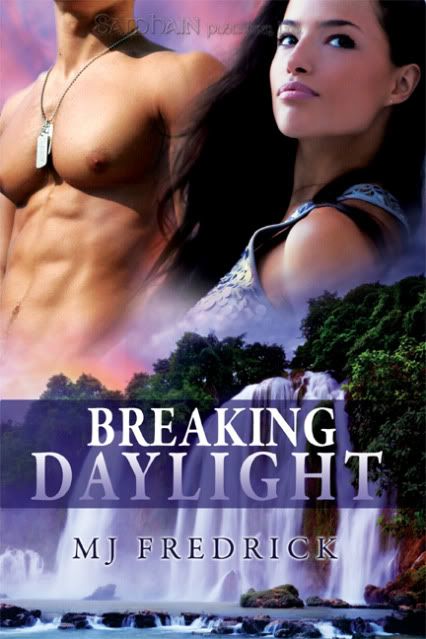
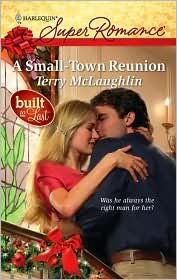
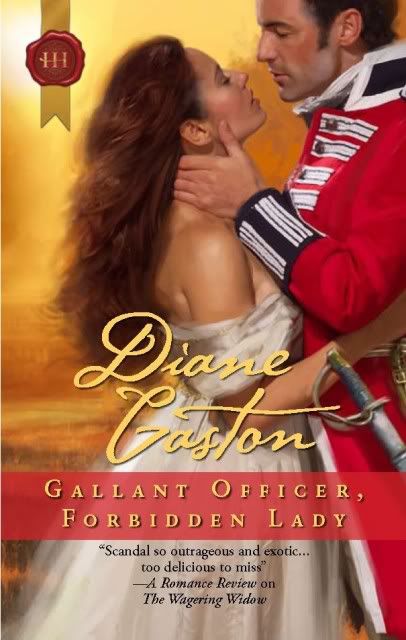
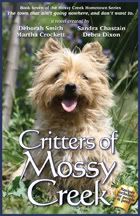

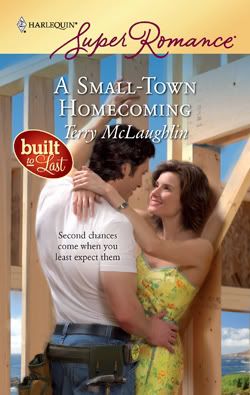
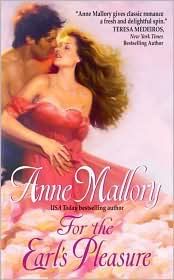

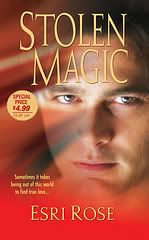
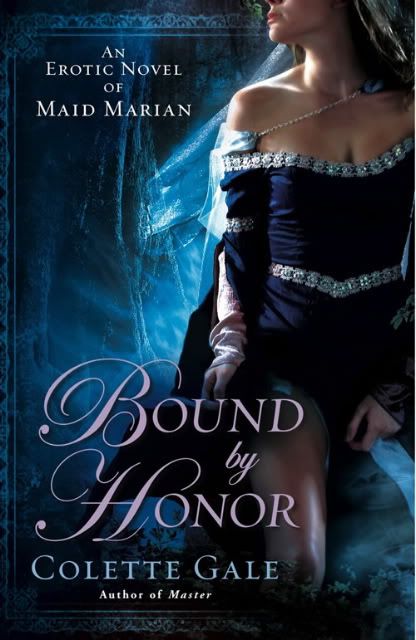

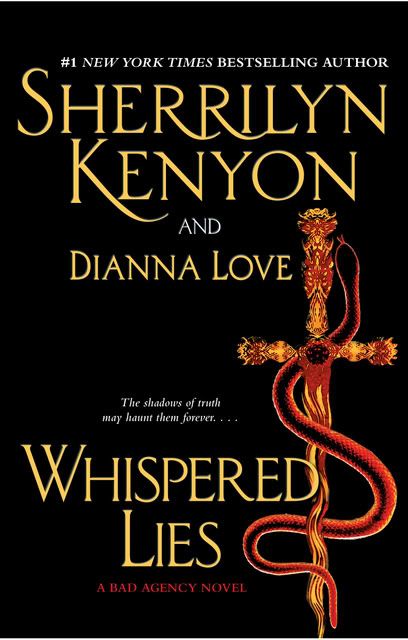





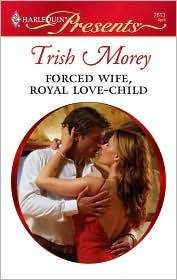
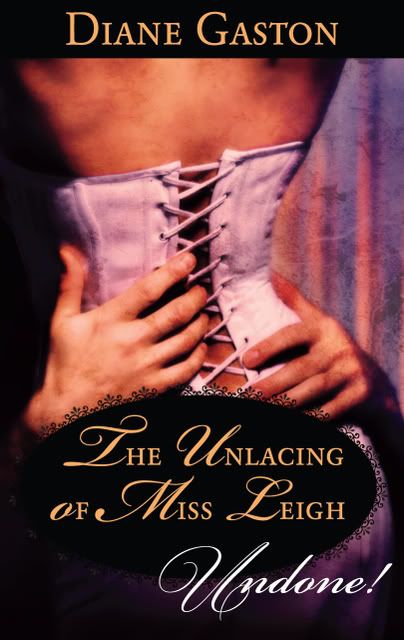




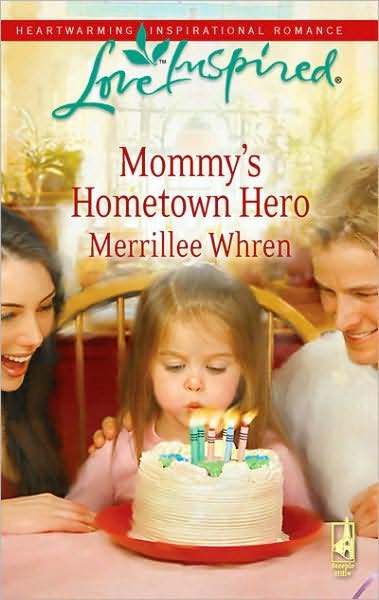
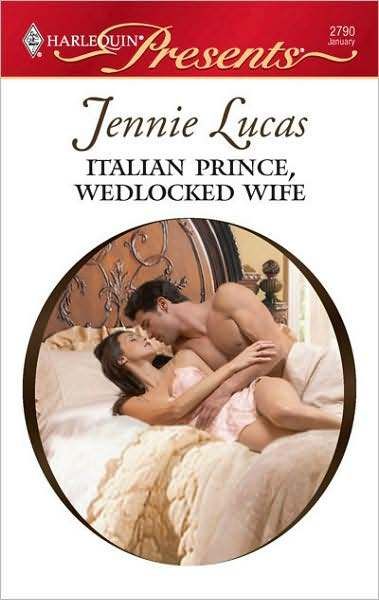
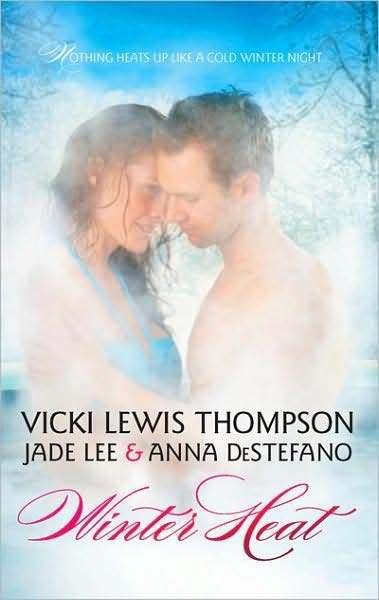
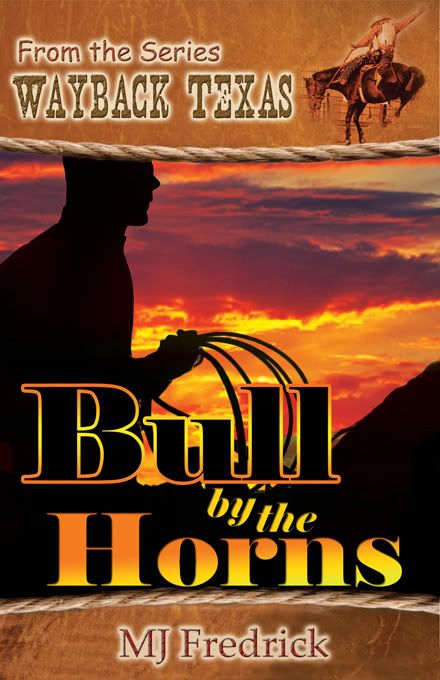
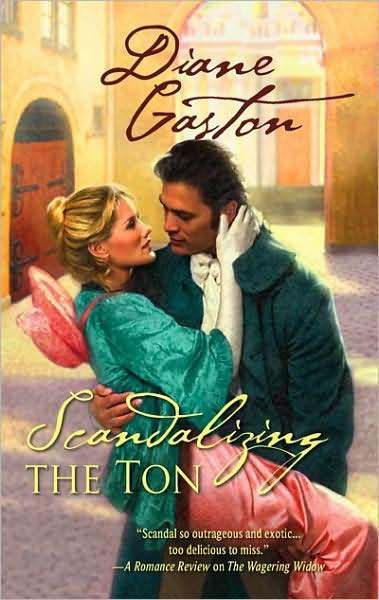
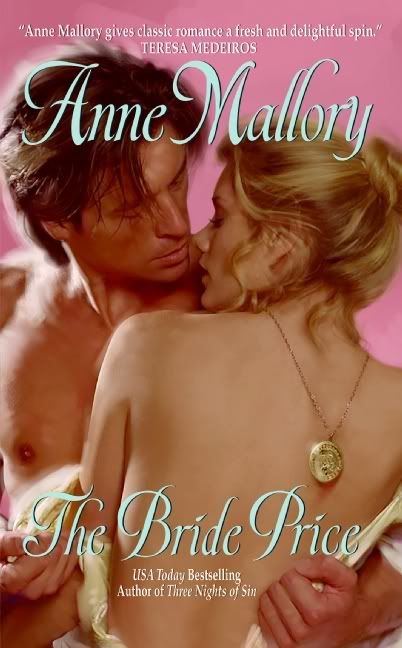
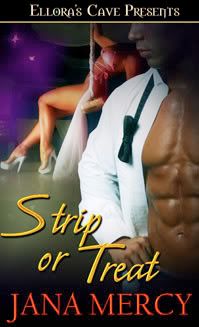
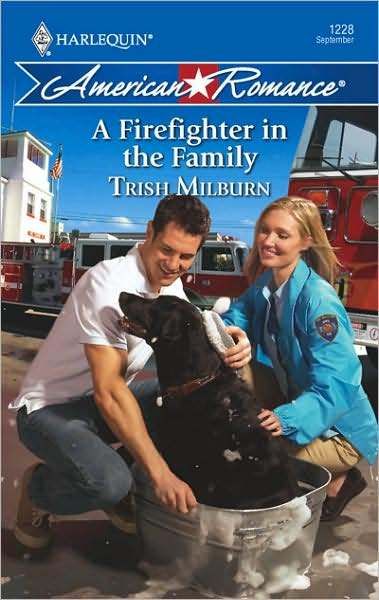
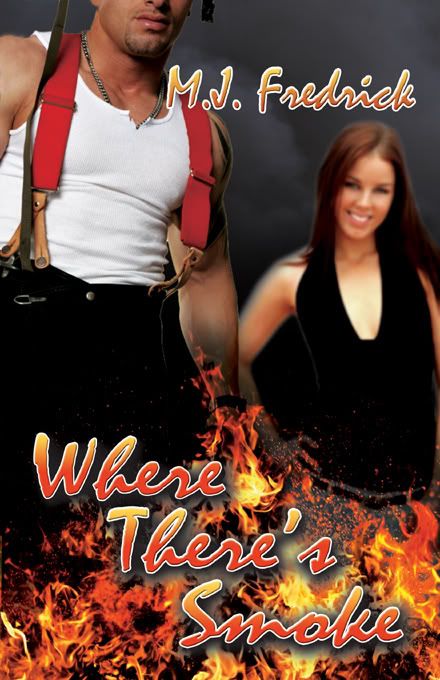
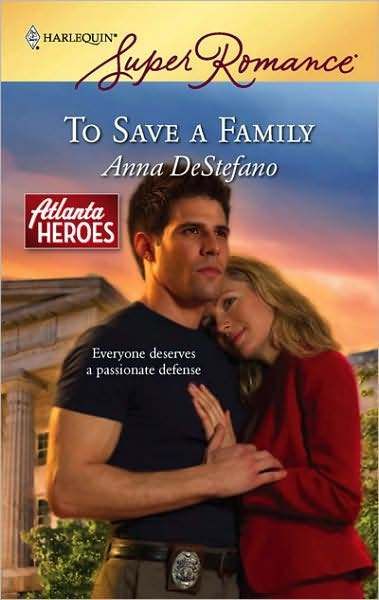


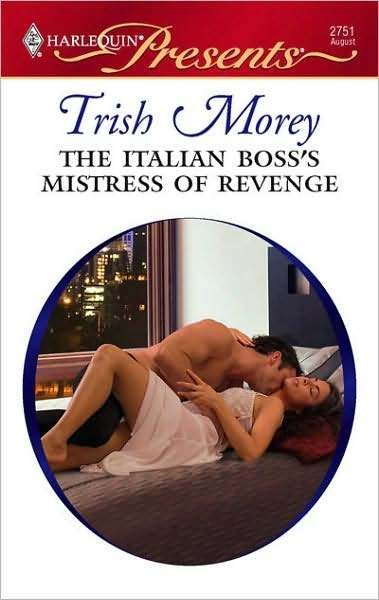
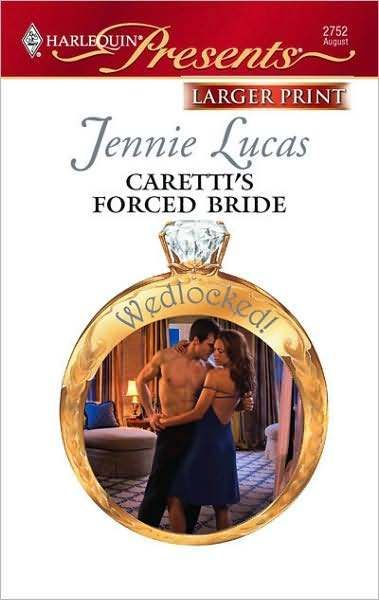





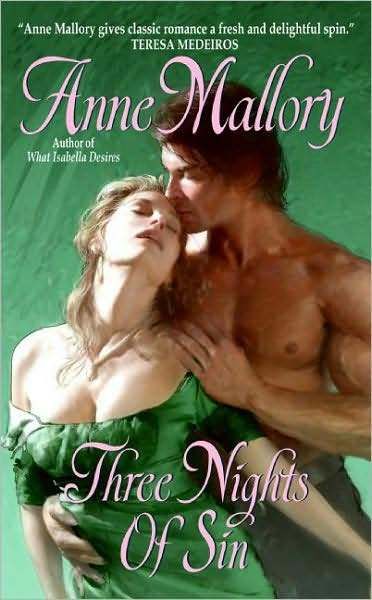
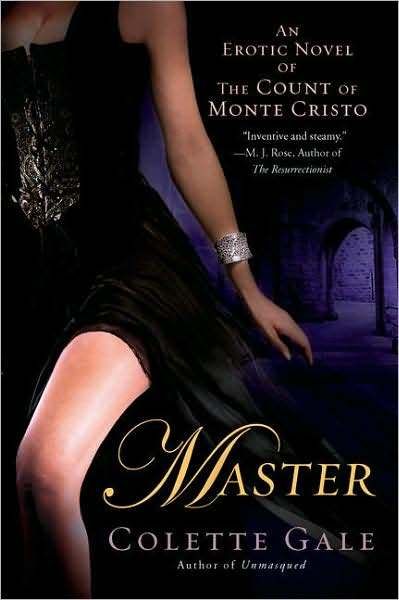





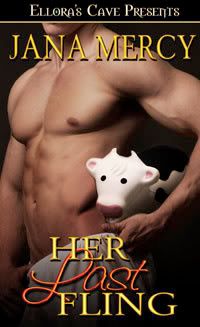
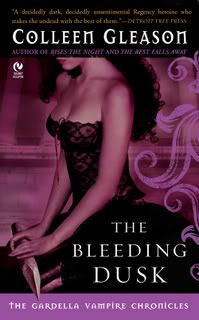


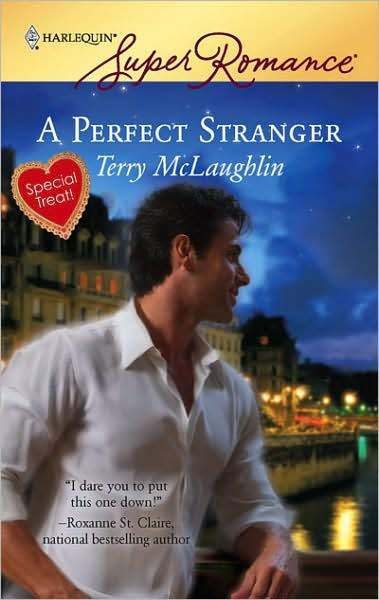




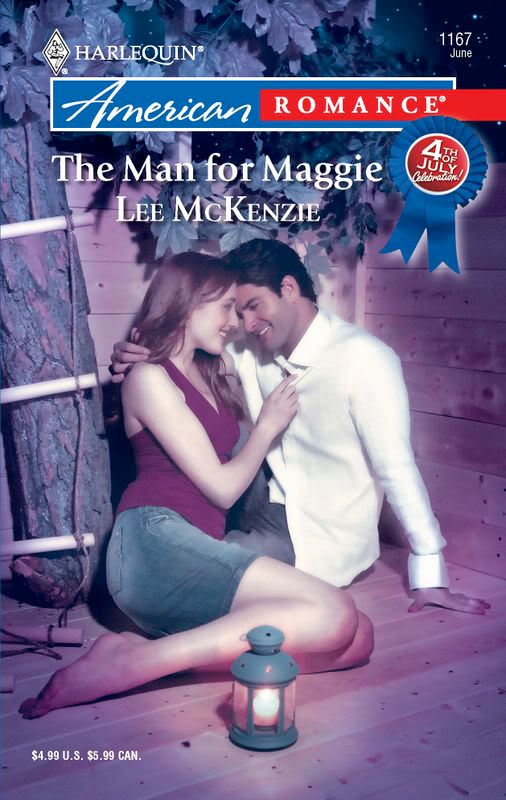
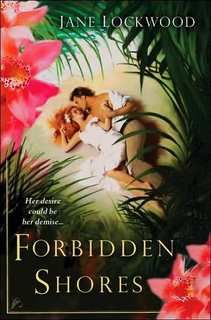

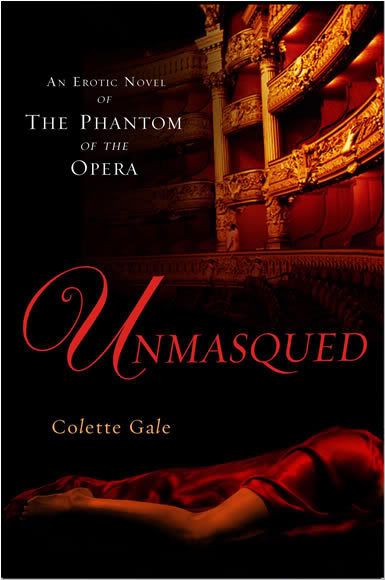
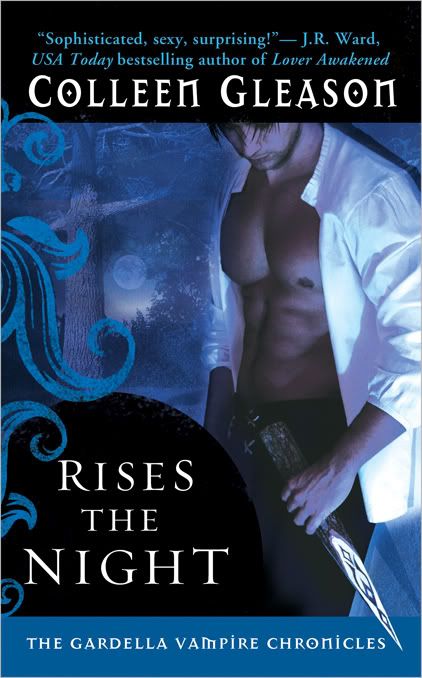
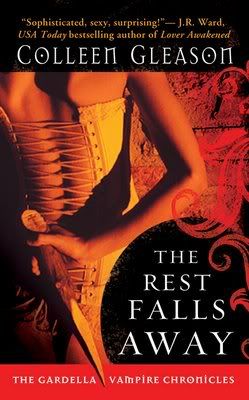
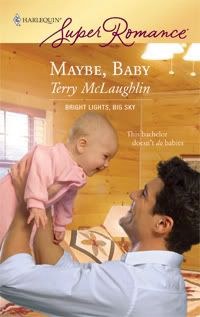
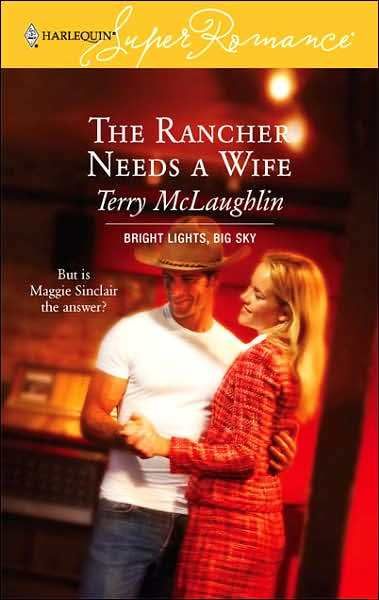
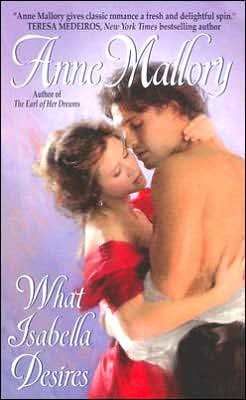
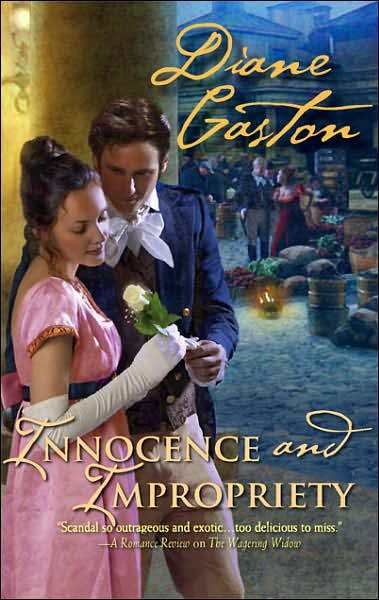
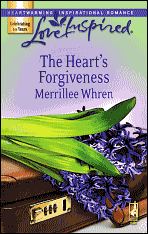
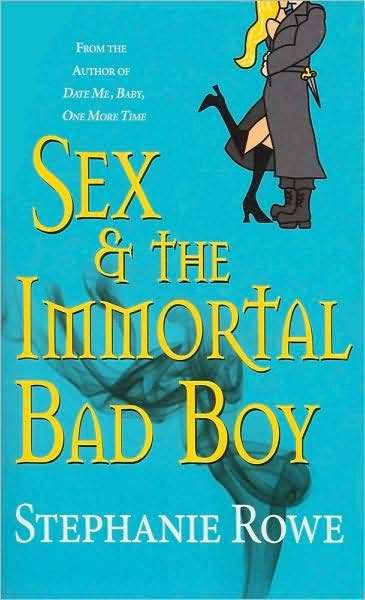
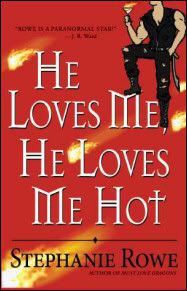
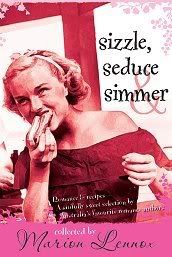
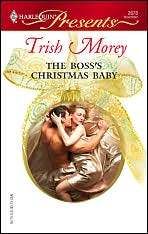
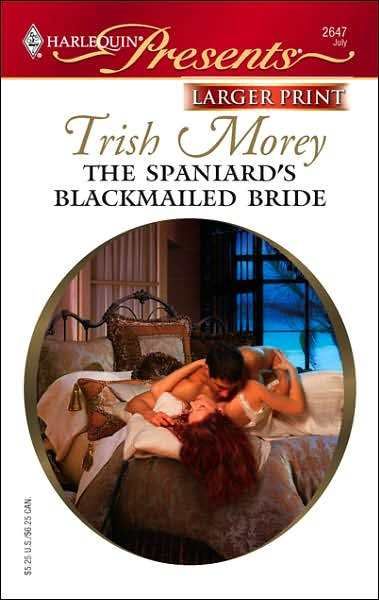
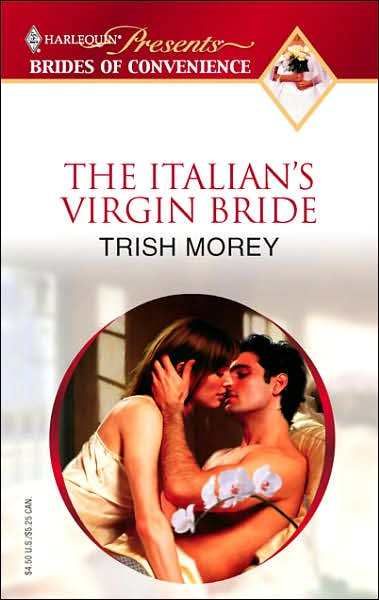
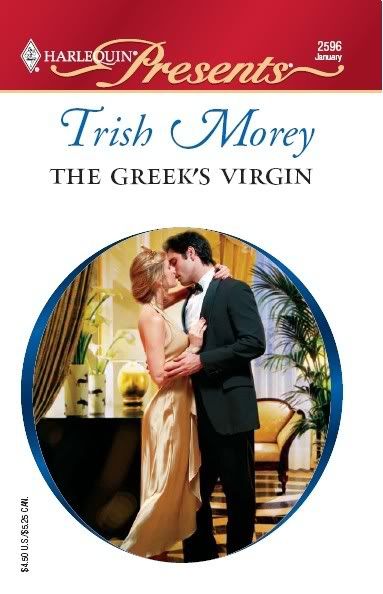


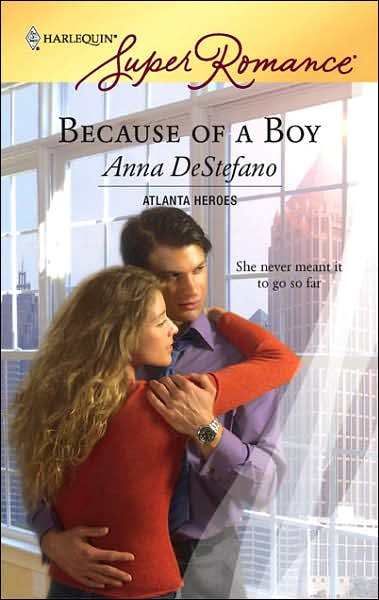

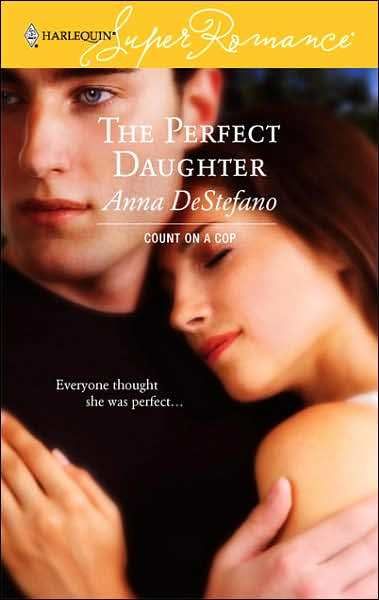

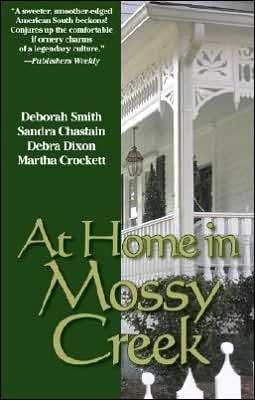
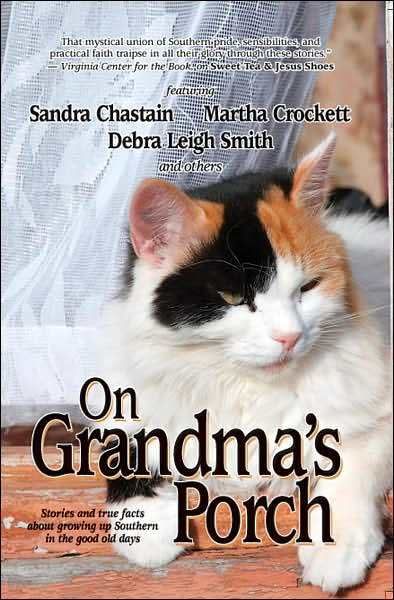
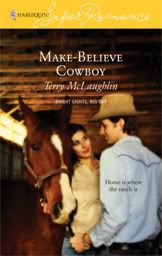

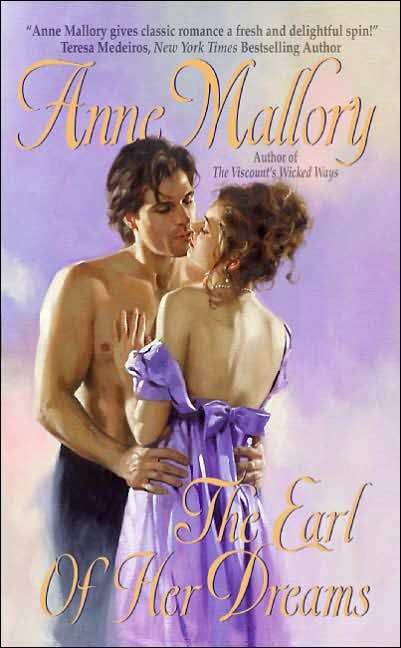
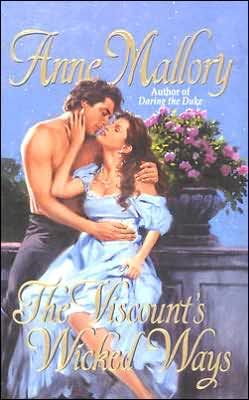
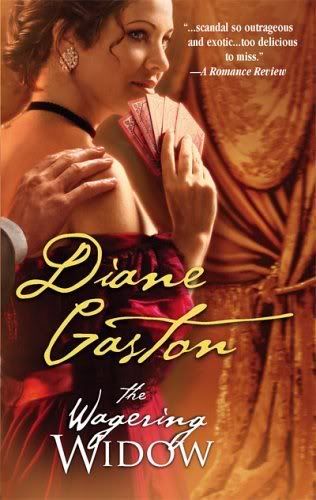
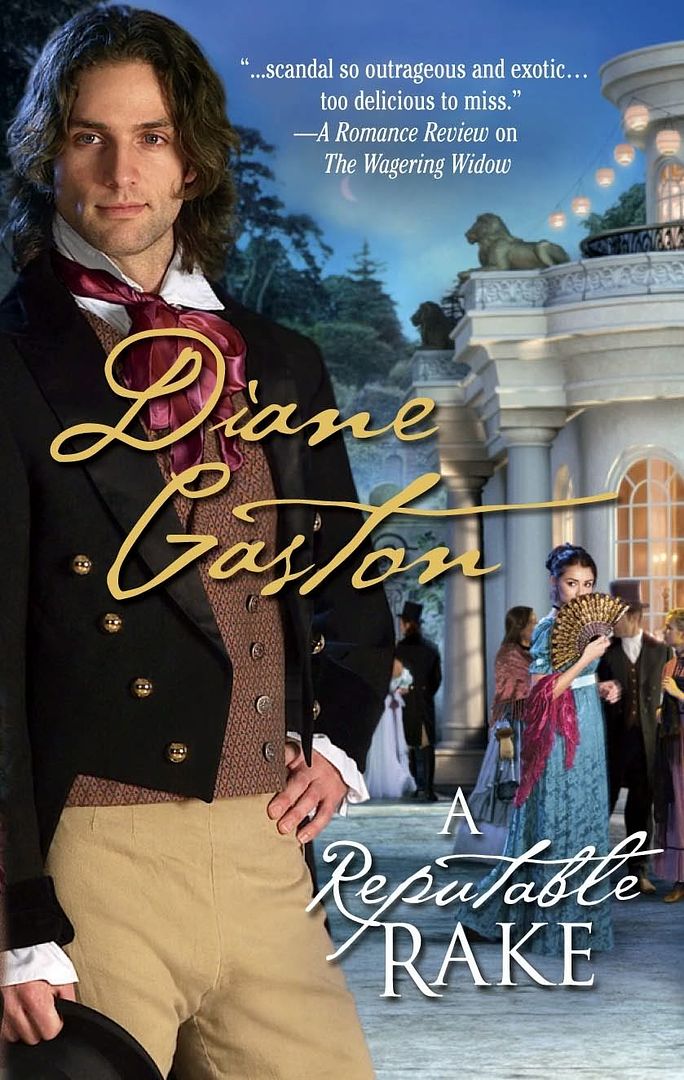
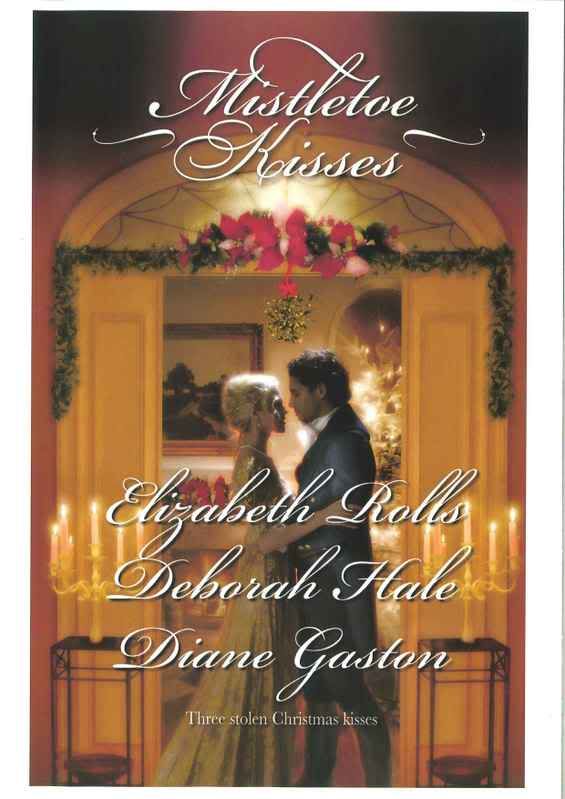
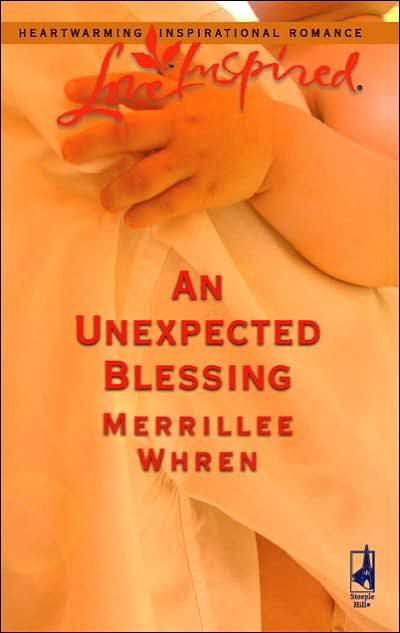

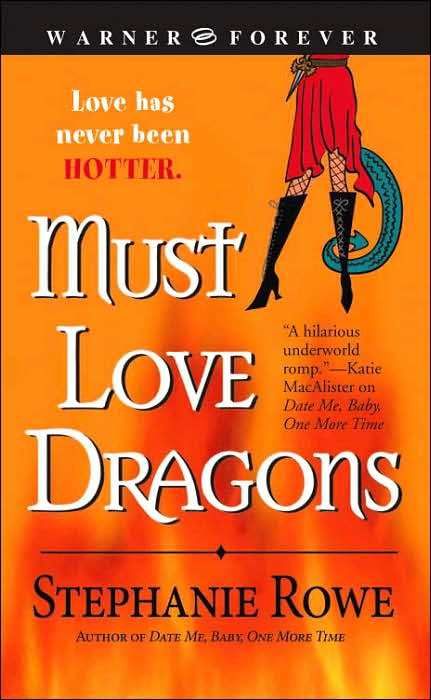
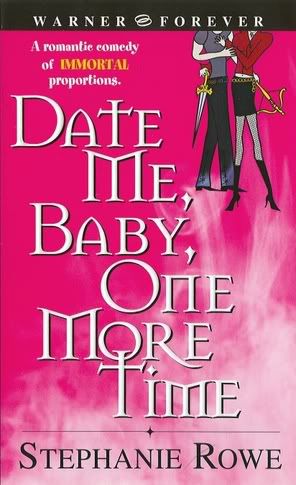


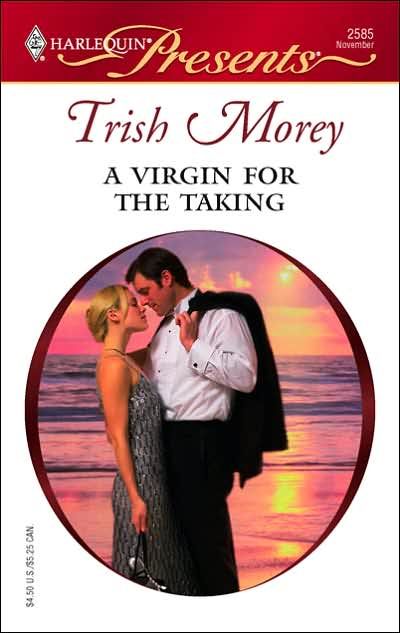
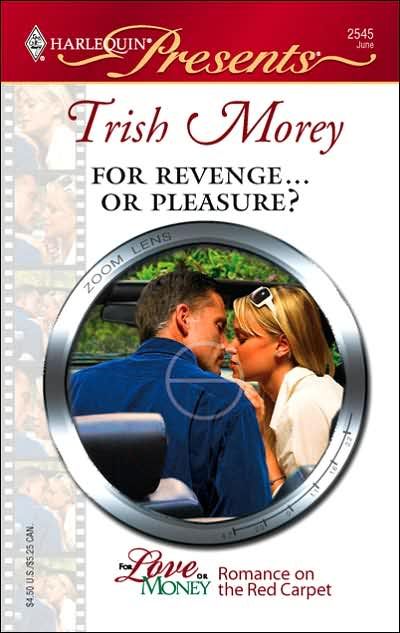
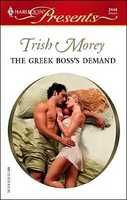



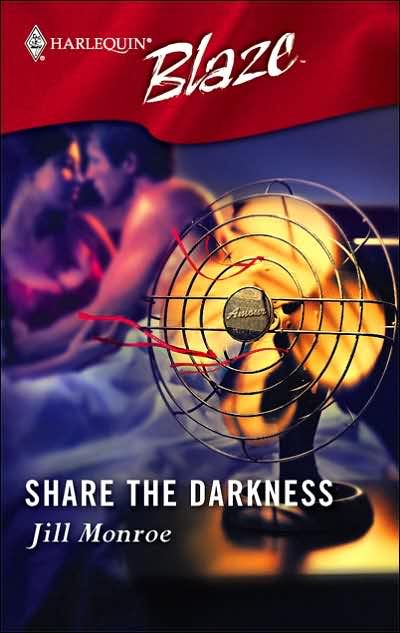

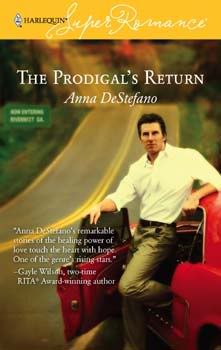


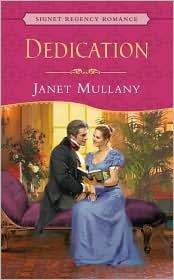
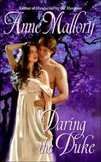
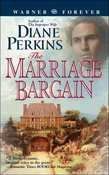
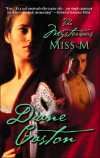

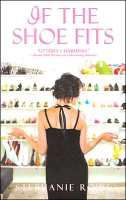




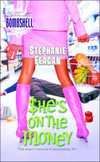
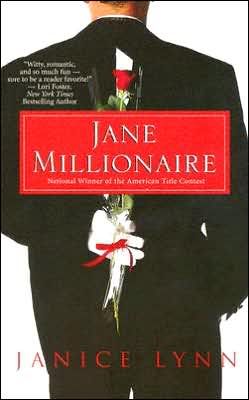



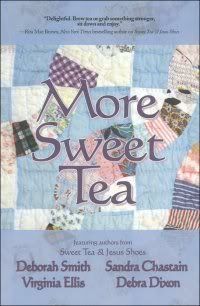
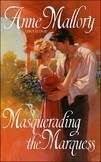
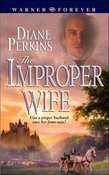
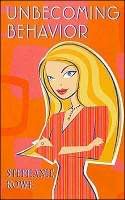
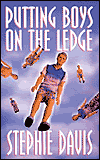

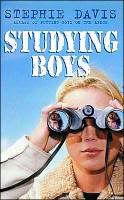
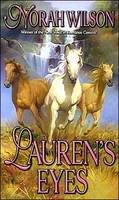
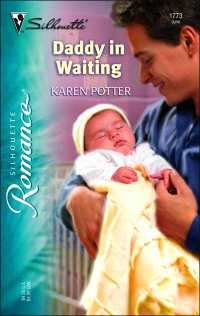
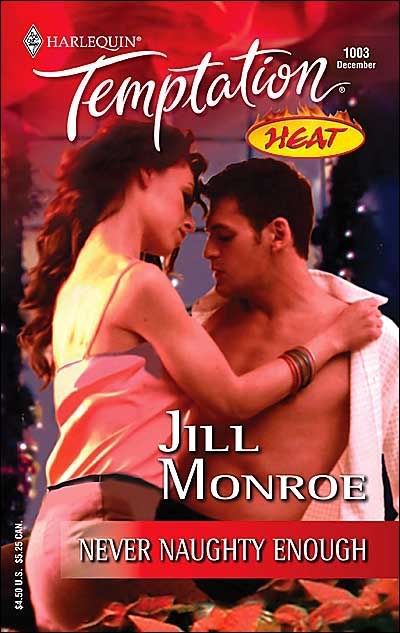





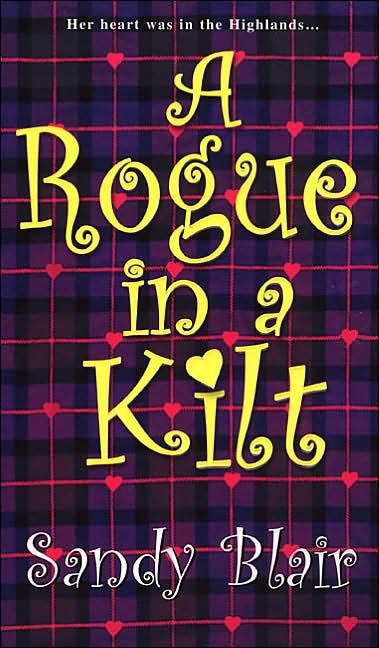

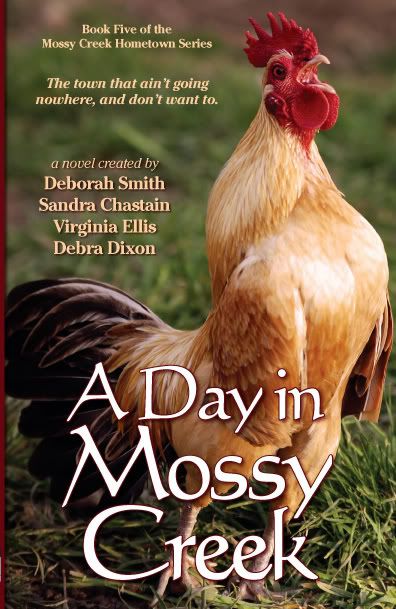

25 Comments:
Oh my, Julia Ross' site is down! So here's my list of things NOT to do:
Don’t have your run-away horse rear. A rear is done at a standstill, which is pretty much the opposite of running.
Riders don’t shake the reins. A rider uses his leg or taps with the whip to ask the horse to move. Slapping the horse’s rump with the reins is entirely reserved for driving, and was a farmer’s method. A proper English gentleman driver would crack his whip over the horses’ backs.
All that whinnying that goes on in movies is special effects. Horses are prey animals and tend to be very quiet, except when they come upon a new group of horses, when they may call a hello.
Galloping away from the barn is a bad idea. The horse isn’t warmed up. Refrain from having your knowledgeable heroine commit this beginner error.
Horses that throw a shoe don’t automatically become lame. Nor do shoes come off all that often. If you use it once in a book, quit while you are ahead.
Horses’ body parts don’t always match human body parts in name. Consult an anatomy chart and use those terms.
Please, please, don’t have your heroine ride a horse she can’t handle to fool the hero into thinking she is capable of riding, until she falls off. He can tell by watching her for 5 minutes.
Riding bareback isn’t that difficult (for a man who already knows how to ride). It might be more difficult for ladies who have never ridden astride before.
Down with the huge Arab stallions!! Sixteen hands (5ft4 at the withers) is big for most of history. Fourteen to fifteen hands (4ft8 to 5 ft) was more normal, and Arabians in particular were smaller horses than the English thoroughbreds.
The one-man horse is rare. I mean, absurdly rare. And heroines who magically train a wild horse in one day just make the reader crazy.
Hi Adrienne- have your book and consult it frequently, whenever a horse enters one of my books. It's excellent information.
Could you get specific about exactly how a rider directs a horse with his legs? My editor, who is a horsewoman, corrected what I always thought was correct. And since my horse experience is all ancient history of the summer camp variety, I let her have her way. But I'd lke to know more about the specific signals a rider gives.
Delle Jacobs
Hi Adrienne, glad to have you with us--I must say horse errors drive me nuts! Another weird thing in romances is the number of heroes in the horse-breeding business; it's hugely expensive and may take several generations to produce a winner. Not an effective financial fix for a rundown estate...
I had a very funny conversation with a crit partner one time where I failed to convince her that the term for a horse-breeding establishment in England is stud. Yep, stud. I don't know why she giggled so much.
Hi, Delle,
I'm glad you've found the booklet useful. Thanks for mentioning it.
About directing the horse: I'm about to give you way more information than you'll ever need, and it's hard to describe properly, but here we go.
First of all, there are varying degrees of leg use. With our Pony Club kids, we fondly refer to the little guys as "kickers and steerers". There is a class of riders (beginner riders) who indeed kick the horse with their legs to get it moving. That's not an educated approach, but it is effective. These riders have little other communication with the horse involving either the seat or the body, so kicking is a rudamentary signal.
At the other extreme, the very expert riders don't use the leg much at all to get the horse to go, though they will use the leg to affect _how_ the horse goes. A very expert rider has developed a sense of communication with a horse (even to an extent with an unschooled horse) where they communicate through the use of their weight, which we call using the seat. That sounds a bit odd, doesn't it? But it's not. With the expert rider, this communication is a bit like ballroom dancing. The man holds one of the woman's hands and places his other on the woman's waist/back. And through those two small points of contact, he can indeed tell her to stop, move, go faster, go slower, and in which direction. Same with a horse. An expert rider relaxes into the saddle to tell the horse 'we aren't stopping anymore' (yes, the halt is also done through the seat) and the horse moves forward. The rider may give a slight squeeze with the calf if the message didn't get through fast enough. (If the horse is recalcitrant, that squeeze might be escalated into a sharp reminder - a thump with the heel.)
The rider will also use pressure in his calf or his thigh (and his weight) to tell a well-schooled horse things like "make this circle smaller," "make your strides bigger," "quit leaning," "slow down," "shift your body sideways," etc. All of these movements are based on the notion of 'move away from pressure.' So, when the leg provides a pressure on the horse's side it has a meaning to the animal. Where the leg is, how long it is active, how definite it is, whether it is backed up by the other leg or not -- the combinations of cues (or, in horse-speak 'aids') is what makes for the huge variety of possible communications to the horse.
Some of these cues are visible to the observer, some aren't. One of the goals of top riders is to appear not to be doing anything up there on the horse, while the horse turns, changes gait, halts, etc. seemingly all on its own. And that's when you know that he's really being ridden from the seat. The horse can feel a horsefly land on his back, so he certainly can feel the subtle changes of weight an expert rider would employ. Of course, it can take years for the horse to learn to _listen_ to those signals and respond with refinement. At first, all is confusion. :)
Hi, Janet,
Thanks for inviting me to join you folks this week.
I know -- that 'stud' business -- I don't think we'll ever convince anybody here in the States. I think it's a result of shortcutting (and also an example of how your readership can be convinced they know something, even when your research says something completely different!).
In England, a breedable male horse is called a stallion. If he is used for breeding, he 'stands at stud'. The farm where he 'stands' is called a stud. "Brookdale Stud" would be the name, just to make one up.
Now, add into that mix the fact that a male equine is a 'horse' just like a female equine is a 'mare' (similar to how 'dog' and 'bitch' are the proper sex labels for male and female canines), and you have people clarifying that a male horse is a 'stud horse,' meaning he hasn't been gelded (neutered) and he is or can be used for breeding at a stud.
Pretty soon, 'stud horse' is shortened to 'stud' and the speaker means stallion, but they are using the word incorrectly.
Our language is a rich and creative tool, but some days, you can't win for trying. :)
There are readers who are convinced that stallions are all killers, and no one in their right mind would try to ride one, too. Thus, when you have your hero mounted on a stallion, it carries all these connotations with it based on our modern understanding (which is inappropriate for a historical novel). This notion of dangerous stallions is a modern notion, coming in part from the fact that minors aren't allowed to exhibit stallions in competition (a wise precaution) and the fact that horsemen aren't as thick upon the ground these days as in the days past when horses were used for work.
Stallions aren't untrainable, nor are they raving monsters, most of them. They are just horses that require firm training. Given that training, they are generally no more difficult to ride than a mare. Mares can get 'in that mood,' too, and can be difficult in their own way, but like dogs in and out of heat, it doesn't happen daily, and it's not so terrible to deal with.
Way back in history, one didn't geld male horses for a variety of reasons. (1) lack of antibiotics. Gelding a horse was risking infection and death. If it's not necessary, why do it? (2) Mares were pretty much in the fields with foals, so all stallions came upon out on the open road was other male horses. No problem there. (No, they don't automatically want to rip apart other male horses) (3) Farmers wanted to keep their options open. They might want to breed that stallion at some point.
Gelding became popular when coaching became popular. Because one didn't want to round a bend with 4 stallions hitched to a rig, and come upon a mare in season. That was deemed 'reason enough' to risk gelding male horses more frequently than in the past.
But your modern readers will groan about all the stallions in service. It's one of those funny discrepancies the writer has to figure out. How to educate? When to try? When to avoid the subject entirely? A tough nut to crack.
I love the comparison of riding to ballroom dancing--it makes so much sense.
How about riding sidesaddle, Adrienne? Have you ever done that?
Sidesaddle? Only a couple of times, long, long ago. I've always wanted to learn to jump sidesaddle, but I never made the opportunities. It was interesting to try it, though.
I've always wanted to ride a cutting horse, too. Another activity I only know from watching/reading/talking. Supposedly, more fun than eventing. How can that be? :)
Hi Adrienne,
Thanks for stopping by.
I learned to ride as a young person by working in hunter/jumper barns and then went on to lower level eventing for ten years. I stopped riding ten years ago due to family/financial constraints and hope to pursue freestyle dressage after empty nest.
But I need assistance with something I know very little about. Circus riding. There's not much on-line about the differences between learning how to be a circus rider and learning vaulting, which is much more popular.
I know many contemporary circus performers employ haute ecole dressage, but I need more info on the bareback type of stuff, terminology, etc.
I've found historical info on Astley, etc. But I really need modern day practices.
This isn't what you came to blog about, but I'm casting out a line just in case...
Wow, circus? What a fabulous environment for a story. Just gets my mind going, the mere suggestion of it.
Unfortunately, I know zip, nada, nothing about the circus. Knew a couple gals who did rodeo trick riding, and my sister was a big vaulter, but as you say, the environment/language is possibly quite different. I'd guess American circuses would also use different language than the Cirque Du Soleil types of circuses, too.
Do you have any specific questions? I might be able to nose around a bit.
I'm looking for how traditional circus riding families teach their kids. I may have to contact a performer and beg.
I did just order a used book on circus horses. Hope it's good!
Can you ask your sister if the vaulting surcingle with hand grips has a special name? And the shoe/slippers they wear? I've looked on on-line catalogs and they're just called surcingles and slippers.
Adrienne: What wonderful information! That video of the horse shying was amazing. I didn't know an animal that big could move that fast -- like a cat! I'd have been on the ground.
This whole post was like a virtual class. I've ridden horses very infrequently, and didn't know any of this subtle command stuff.
JaneGeorge: In Blood and Circuses, by Kerry Greenwood, her sleuth learns to ride in a circus.
Thanks Esri!
Trots to library. :-)
This is a good one to watch, too: http://www.youtube.com/watch?v=PzBjLs-ybyI
Shows a horse doing its proper stuff, and suddenly coming to a halt and rearing. The rider has what we like to call 'velcro pants'. Even though she almost comes off, she sticks it out and wiggles back into place (she is disqualified if she tumbles off) to continue the ride.
It's a good illustration of a couple things: that rearing and running can't go together (rearing is the ultimate refusal to run); and the use of the seat of the rider. Watch how her belt appears to 'bounce' as the horse moves. In actual fact, that means her seat is stuck like glue onto that horse's back, and it is the horse's back that swings and bounces at the trot. A non-dressage rider would post (rising up with one bounce, sitting down on the other bounce) to avoid that big action. But dressage has it's reasons for being different, so they sit a lot of trotwork.
She isn't wearing her jacket, so I presume this is either a schooling show (informal practice) or jackets were excused because of heat.
Also, look at her legs as she rides away from the camera. They seem to be kicking the horse with each stride, but in fact, they are simply laying along the horse's side and moving elastically as the horse moves. You see her give the horse one 'kick' to go forward after all the drama is over and done. This is a green horse, which is why the 'kick' is visible.
Great information, Adrienne! I learned to ride English at an English racing stud in the little village where we lived when my Dad was stationed at Bentwaters AFB. I was nine at the time and a lot more flexible than I am now! I learned to ride sidesaddle and even to jump sidesaddle as there was a local hunt to follow. (that would be twelve attempts to jump sidesaddle and ONE success. The other 11 ended badly!)
I write Regency historicals. Are there any good research books out there about the practice of fox hunting in that time period? The last time I rode to the hounds was almost 40 years ago and my memory ain't what it used to be!
The heroine of my novel "rescues" abused horses from their aristocratic owners. (Translation : she and her best abscond with them in the middle of the night!) I have a vague memory of a racehorse being retired because his "wind" was broken. Do you know anything about this affliction and how it might be treated in the Regency period?
I love horses and wow, Adrienne, this blog is packed full of information. I never realized how dangerous those carriages could be back then. Lots of great info.
Thanks so much for sharing!
Oh, I envy you, getting to try riding aside.
I don't have a good historical source of information for foxhunting off the top of my head. Since it's one of those 'steeped in tradition' sports, you probably won't get into too much trouble using contemporary terms, but of course, that's not a very good answer. I think this requires a trip to England, myself. :)
As for a racehorse with broken wind, there are various problems with the lungs that can wind up being called by that general name. Horses who have eaten moldy hay may get the mold in their lungs, and develop a condition called heaves, which is somewhat akin to asthma. Might appear only when he races, or might afflict the horse all the time (then it's more like emphysema). No cure, though there are therapies to lessen symptoms. Today, people wet hay that they feed to a heavey horse, to reduce/remove dust. Dust makes the condition worse. So she might try soaking the horse's hay.
Modern race horses frequently come down with a problem in the larynx where the vocal chords are paralized, so when he runs hard and requires a lot of air, there is some concern that he can't get enough. The air, rushing past the paralized vocal chords will create a loud growling sound that becomes louder the harder he breathes. These horses are colloqially known as roarers. I don't know when this problem began showing up with any regularity in race horses, though. MNodern therapy is surgery to tie back one or both vocal chord flaps, and it's not always successful.
Also a lung problem in modern race horses is ruptured alveoili in the lungs, causing blood to fill part of the lungs, and blood to come from the horse's nose. Those horses are called bleeders, and were banned from the track until Lasix was developed. Now they are allowed to run with Lasix in their system which helps the condition.
But for treatment in that time period, I'm sorry. Not an area I know much about. I'm sure there were all kinds of folk remedies that would have been tried. My books are packed (we're in the process of moving) but I do recall a lot of interesting information being available in _The Anatomy of An Horse_, by Snape, which is a reproduction of a 1683 text book, with commentary by a modern vet, David Ramey. Available through Howell Book House 1997. Dr. Ramey had some fun pointing out how several 'facts' of Snape's work were completely imaginary, but he also gave some tidbits of information on when knowledge changed and how. There may be a chapter with information on the respiratory system. I just can't recall.
There may be similar text books of veterinary studies around the 1800s available, but veterinary medicine was not a medical subspeciality for some time. Farriers (horseshoers) were called in as the animal experts, not doctors. Sorry I can't be of more help there.
Seems lke this is the perfect time to pass on the link to my favorite horse in the entire world, the beautiful dressage performance of Blue Hors Matine and Andreas Heglstrand. It's received almost 7 1/2 million views- half of them mine... Unfortunately the video is really straggering tonight, so I don't know how viewable it is.
http://www.youtube.com/watch?v=zKQgTiqhPbw
Hi Theresa,
The carriages, yes. I went on Youtube and typed in "Carriage accidents" and scared myself silly.
Oh, yes, JaneGeorge, I don't know if you are aware -- the FEI (International governing body for horse sports) decreed a few years back that they were doing away with Eventing's long format. Now, 3day eventing only has Cross Country for the endurance day -- no more roads and tracks, no more steeplechase. There has been an alarming rise in fatal accidents since that date, but correlation is not causation, so the decision just remains steeped in controversy.
I've asked the ladies who handle my booklet to make that note in the copies they send out, but I don't know if it's been added yet. Just an FYI to anyone who might consider using Eventing as their sport of choice to write about.
Thanks so much, Adrienne! You have given me some fantastic information with which to work! And it sounds like a trip to AbeBooks is in order! Thank you again!
I was glad when the rules were changed. The last upper level event I witnessed was an Intermediate championship at Woodside, CA a couple years ago. I noticed the cross country fences were more technical in difficulty (pretty durn tricky). I prefer that kind of contest to one of staggering exhaustion.
I always competed in horse trials where roads and tracks wasn't required at my level. Enough challenge for me and my mare!
Amazing references. Thanks so much for your time and expertize.
Adrienne,
I'm late to the party but thank you so much for all this wonderful information!
I've learned so much from reading the blog and the comments. Thanks, Adrienne!
Doglady,
Couple resources for you that may help:
_Ellimans Embrocation for Horses, Dogs, Birds, Cattle_ 1899 published by Elliman, Sons &Co, Slough England. This is a book published by the makers of snake oil outlining all the uses of their snake oil. Quite funny, but they mention various ailments of the respiratory system. (and, voila, their snake oil is indeed the correct treatment!)
RS. Summerhays wrote _Summerhay's Encyclopedia for Horseman_ (not sure of the date. I'm guessing 1930s-1940s) that may have had some historical info about early treatments. You might find this through AJ Allan, London, if they still exist.
The operation used on horses with paralyzed larynx was called the Hobday's Operation, and is similar to a human thrachyotomy -- they cut into the throat below the vocal cords, and the horse breaths by bypassing the larynx. Mentioned in various books from the 50's-70's. Not sure how early they began performing this surgery.
Info on hunting: Try _Hunting Sketches_ by Anthony Trollope (With intro by James Boyd MFH, published in 1933 by Hutchinson & Co, Ltd.) Trollope hunted in the 1800s, this is a reissue of cartoons with text about hunting. Probably listed with Boyd as author, but I'm not sure.
US Pony club (www.ponyclub.org) still offers a pamphlet "Riding to Hounds in America" by William Wadsworth, MFH, published by the Chronicle of the Horse in 1962. Again, rather contemporary, but there may be references to earlier terms.
JaneGeorge,
No luck on the circus stuff. I quiried my sister, who said they just called it a surcingle. (I would suspect 'vaulting surcingle' is a clearer term, since there are a bunch of different types of surcingles). I seem to recall the suede-soled slippers are (now) referred to as jazz slippers at Capezio, but that may not be the term used in the circus at all. SO sorry not to find better pointers.
Good info--I'm a long time rider, and the one thing that drives me up the wall is the heroine who puts on breeches to ride astride because it's more 'secure.'
I've writting astride, and my aunt taught me to ride side saddle, and I'll take side saddle for long rides any time. I've also hunted, and the older ladies who'd grown up riding side saddle wouldn't abandon their side saddles for anything. (It's actually way more comfortable a saddle, and you sit the same way--balanced and straight. The only real difference is that you use the tap of a whip on the right, instead of your leg to cue the horse--and it's easier to sit a smooth trot.)
Post a Comment
<< Home
Subscribe to Post Comments [Atom]